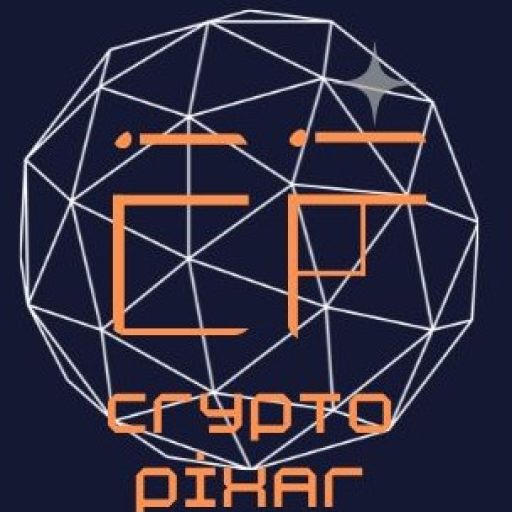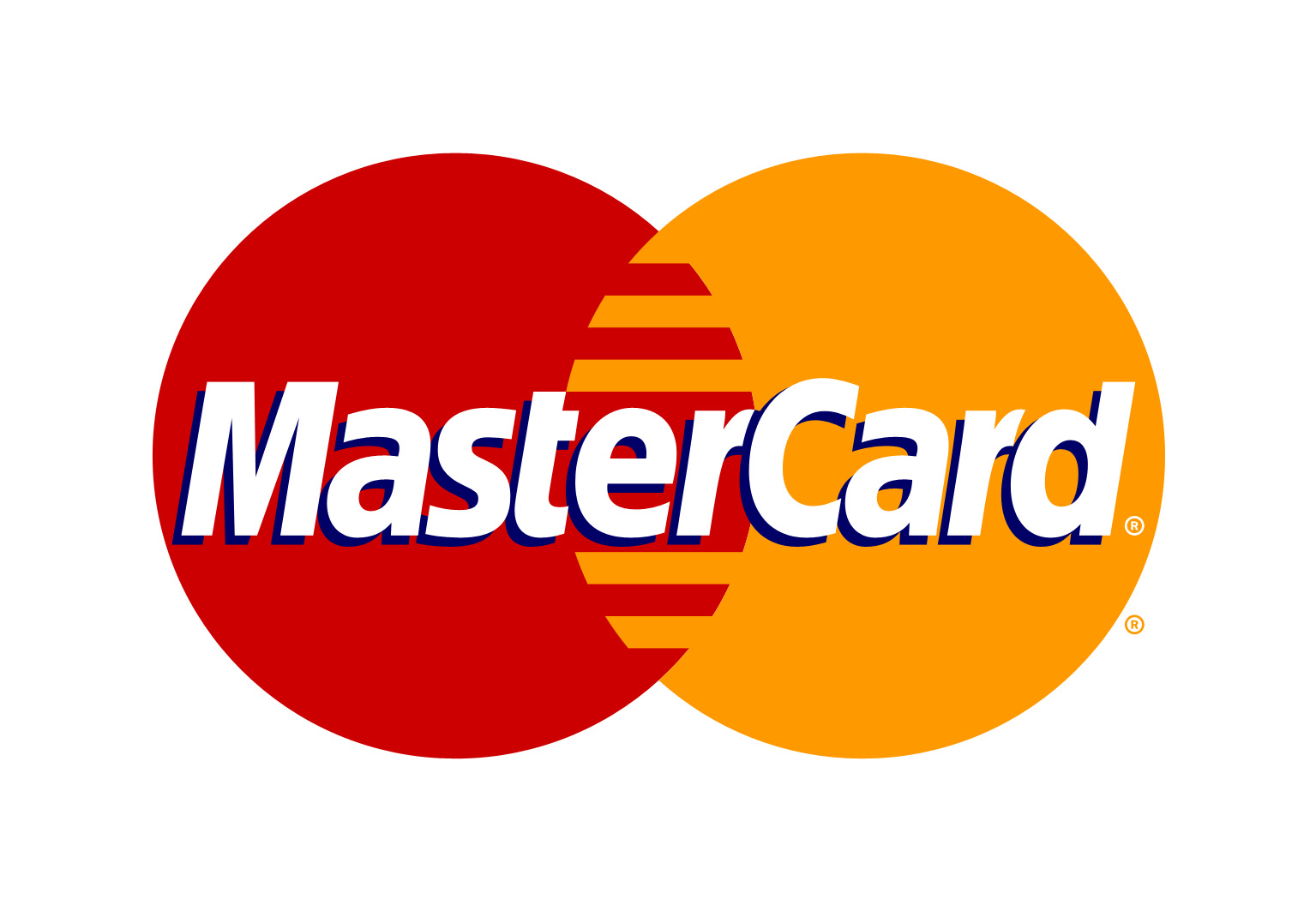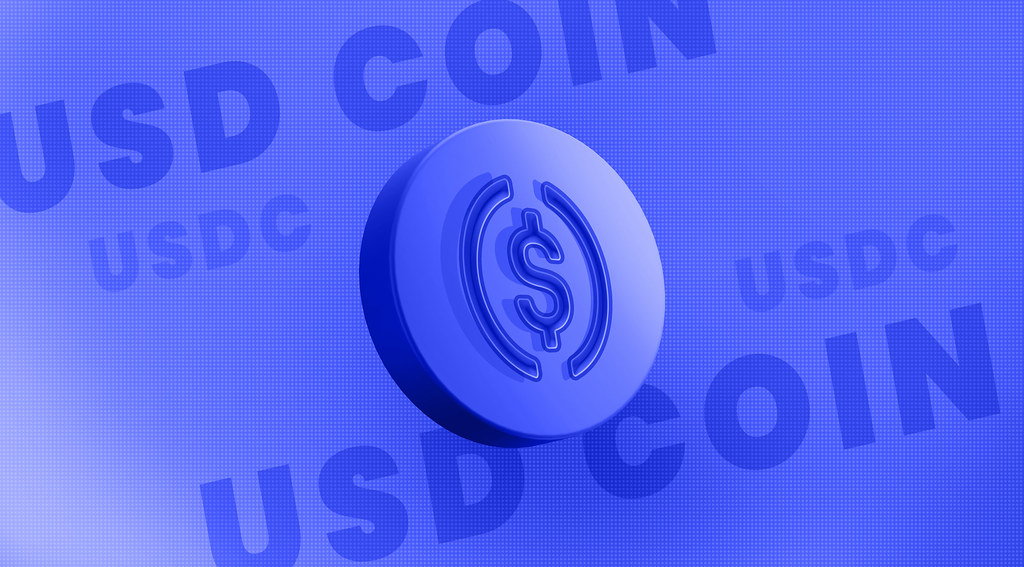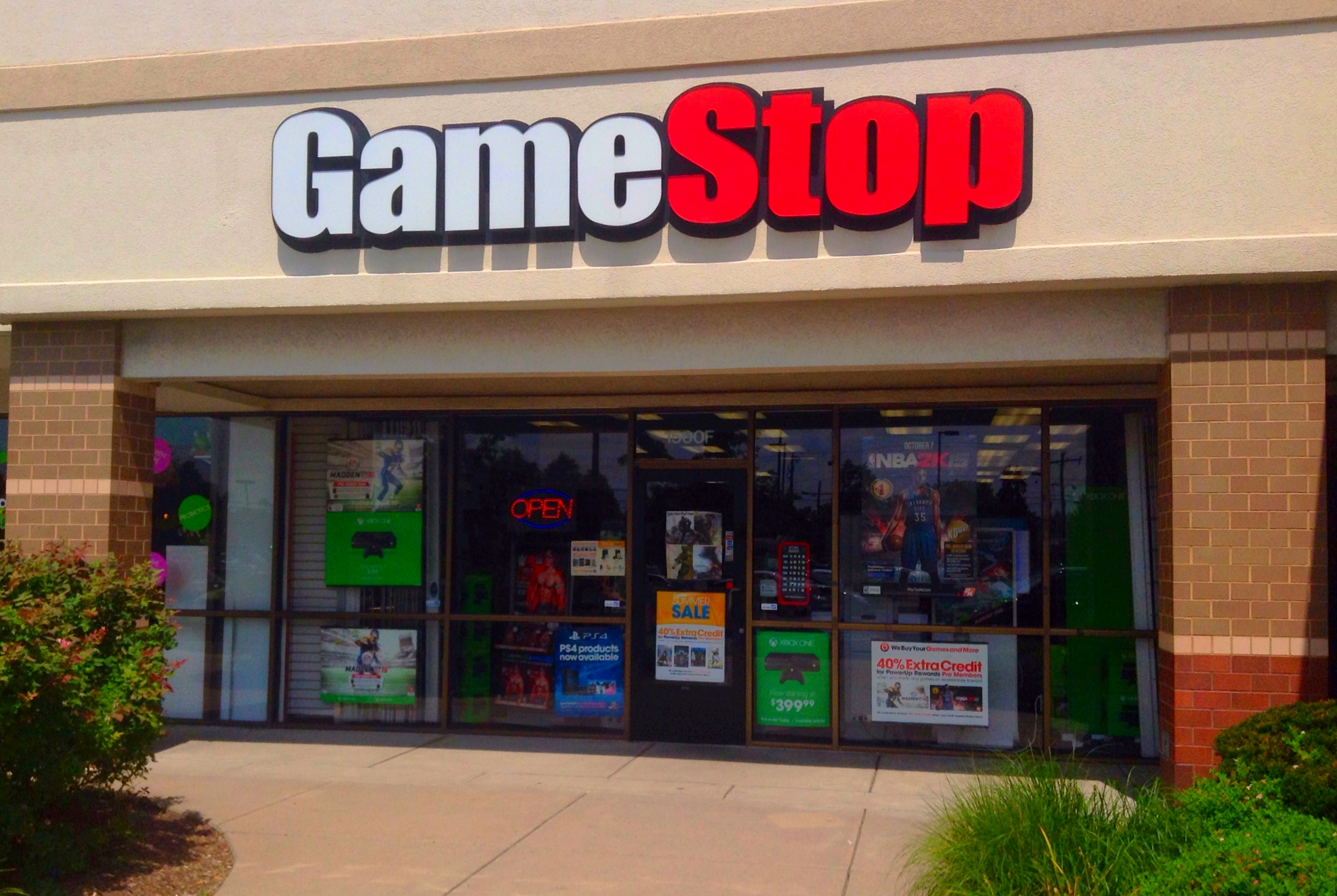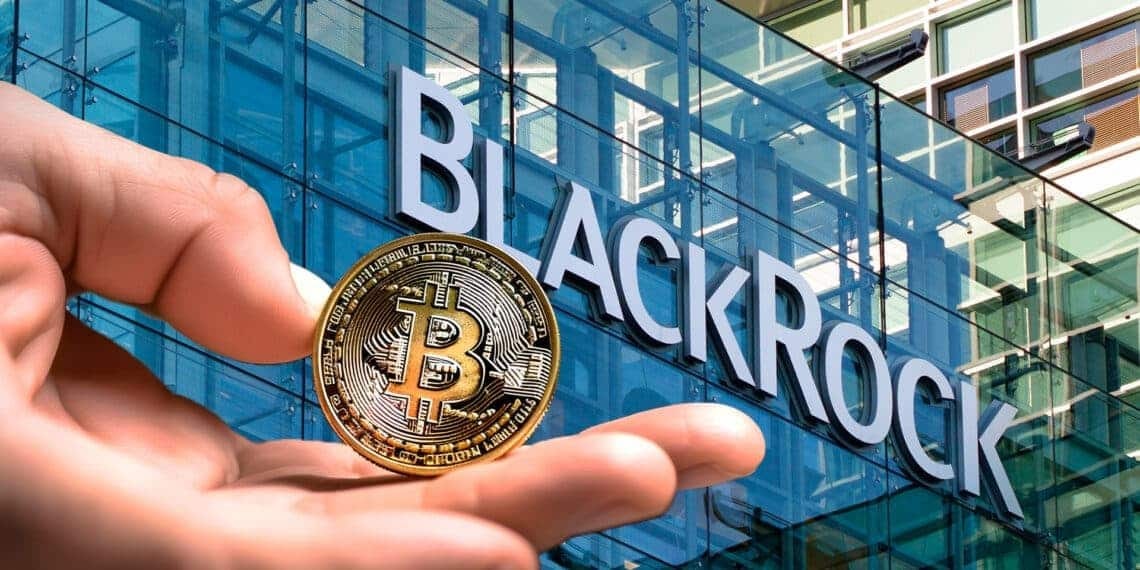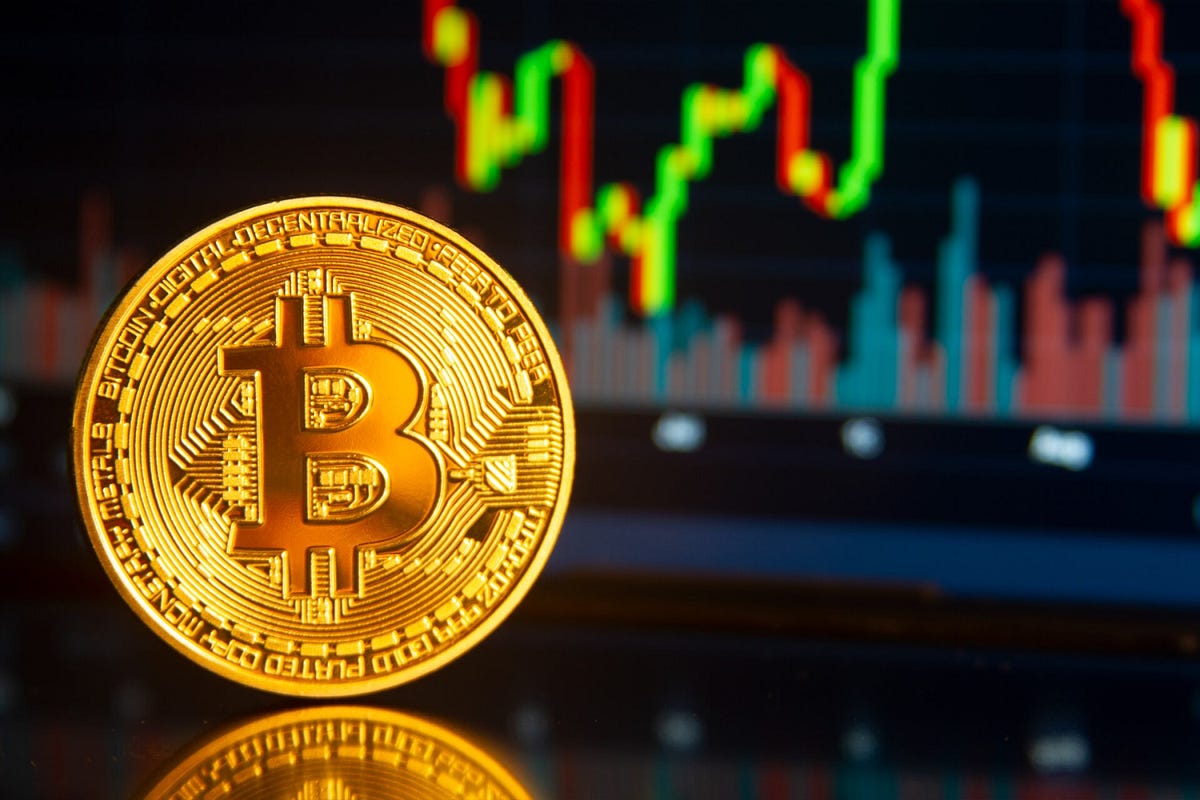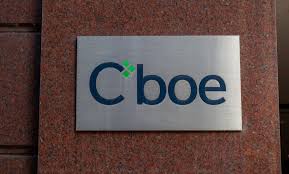Plasma blockchain has launched Plasma One, the first neobank built for stablecoins, offering zero-fee transfers, virtual cards, and rewards. Ahead of its mainnet beta and XPL token launch, Plasma is positioning itself as the ultimate hub for stablecoin adoption.
Plasma One: A Neobank for the Stablecoin Era
The race to build the next big stablecoin product just took a sharp turn with Plasma blockchain’s latest announcement. On Monday, the Bitfinex-backed project introduced Plasma One, a neobank designed entirely around stablecoins. Marketed as the first of its kind, the platform aims to fix long-standing frictions for users who rely on dollar-pegged digital assets but are stuck with clunky apps and limited off-ramp options.
This rollout comes at a pivotal moment for Plasma. The project is days away from launching its mainnet beta and the highly anticipated XPL token generation event, setting the stage for one of the most ambitious blockchain rollouts of 2025.
Why Stablecoin Banking is the Next Big Frontier
Stablecoins have become the backbone of crypto markets, with total supply hovering near $280 billion and growing steadily. They’re used for remittances, savings, payments, and as a bridge between fiat and DeFi. Yet despite their rise, the user experience remains fragmented. Many still face delays in cashing out, inconsistent liquidity, and limited real-world integrations.
Plasma believes the solution lies in vertical integration—combining blockchain infrastructure, liquidity, and consumer-facing products into one seamless ecosystem. “Infrastructure alone is not enough,” said Murat Firat, Plasma’s Head of Product. The neobank is Plasma’s answer: a full-stack platform where stablecoin usage feels as smooth as traditional digital banking.
What Plasma One Brings to the Table
At launch, Plasma One promises several features that directly target pain points for stablecoin users:
Zero-Fee USDT Transfers: Within Plasma’s network, users can send stablecoins without transaction costs.
Card Spending With Rewards: Every account is tied to a virtual debit card, making stablecoins instantly spendable in day-to-day life. Rewards are layered in, adding incentives for adoption.
Instant Onboarding: Plasma claims users can set up an account and get a card issued in minutes.
Global Access: Early rollouts will focus on markets where dollar access is limited, aiming to empower populations with fewer banking options.
By combining these features, Plasma isn’t just building a payments app—it’s positioning itself as a stablecoin-native neobank ready to compete with both traditional fintech players and on-chain alternatives.
Backed by Liquidity and Big Partnerships
Plasma’s strategy isn’t just about building sleek apps; it’s also about ensuring deep liquidity and strong integrations. When its mainnet beta goes live on September 25, Plasma says it will launch with over $2 billion in stablecoin liquidity and 100+ DeFi integrations from day one.
Its partnerships also signal scale. Earlier this year, Plasma teamed up with Binance to launch a USDT locked product, which filled quickly and later expanded to a massive $1 billion cap. The blockchain has also secured strong investor backing, raising $50 million and attracting $373 million in oversubscribed commitments in just 10 days.
This funding blitz highlights investor confidence in Plasma’s vision to become the go-to stablecoin platform.
The XPL Token: A High-Stakes Launch
Alongside Plasma One and the mainnet debut, all eyes are on the XPL token. Pre-market trading this summer valued the token at an implied $4.5 billion to $7.6 billion fully diluted. If momentum holds, XPL could quickly become one of the largest new entrants in the L1 token category.
With strong liquidity, deep DeFi integrations, and a consumer-facing neobank, Plasma is betting big on XPL’s role in bootstrapping adoption. Token holders may also find themselves at the center of governance and reward mechanisms that tie directly into Plasma One’s ecosystem.
Why This Matters for the Future of Stablecoins
Plasma’s entry couldn’t be more timely. As governments explore stablecoin regulations—such as the GENIUS Act in the U.S., which could unlock a market worth over $2 trillion by 2028—projects that can scale with compliance and usability stand to dominate.
If Plasma succeeds, it could provide the blueprint for how stablecoins move from speculative assets to everyday money. Instead of bouncing between exchanges, apps, and wallets, users could finally interact with stablecoins in one seamless environment.
Final Thoughts
The launch of Plasma One marks more than just another crypto app release—it represents the beginning of a new chapter for stablecoin adoption. By bundling deep liquidity, cutting-edge infrastructure, and consumer-friendly tools, Plasma is aiming to position itself as the neobank for the stablecoin generation.
With its mainnet beta and XPL token launch just around the corner, the project has captured the attention of investors, DeFi builders, and crypto users worldwide. Whether Plasma becomes the stablecoin super-app it promises to be remains to be seen—but one thing is certain: the future of stablecoin banking is about to get a lot more competitive.
Disclaimer: Parts of this article were generated with the assistance from AI tools and reviewed by our editorial team to ensure accuracy and adherence to our standards.
